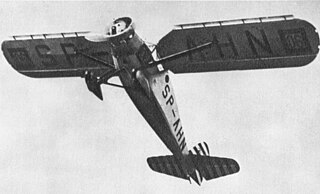
The RWD 6 was a Polish sports plane of 1932, constructed by the RWD team. It was a winner of the Challenge 1932 international tourist aircraft contest.

The RWD 5 was a Polish touring and sports plane of 1931, a two-seat high-wing monoplane, constructed by the RWD team. It was made famous by its transatlantic flight, being the smallest aircraft to cross the Atlantic.

The RWD 8 was a Polish parasol wing monoplane trainer aircraft produced by RWD. It was used from 1934 to 1939 by the Polish Air Force and civilian aviation.

The RWD-14 Czapla was a Polish army cooperation aircraft, designed in the mid-1930s by the RWD team, and produced in the LWS factory from 1938. A series of 65 aircraft were built and most were used by the Polish Air Force observation squadrons during World War II in 1939.

The RWD 2 was a 1929 Polish single-engine high-wing monoplane sports plane constructed by the RWD team.
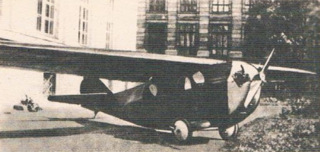
The RWD 1 was a Polish sports plane of 1928, a single-engine high-wing monoplane constructed by the RWD design team.

The RWD-10 was a Polish aerobatics sports plane, single-seat parasol wing monoplane, used from 1933 to 1939 and constructed by the RWD team.
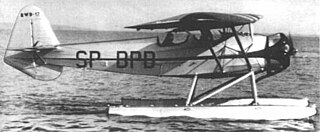
The RWD 17 was a Polish aerobatics-trainer aircraft of 1937, parasol wing monoplane, constructed by the RWD team.

The RWD 9 was a Polish sports plane of 1934, constructed by the RWD team.

The RWD 13 was a Polish touring plane of 1935, three-seater high-wing monoplane, designed by the RWD team. It was the biggest commercial success of the RWD.
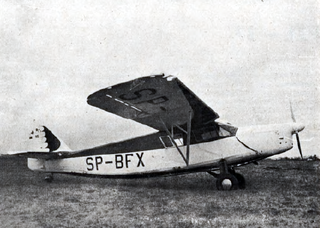
The RWD-15 was a Polish touring aircraft of 1937, designed by the RWD team and built by the Doświadczalne Warsztaty Lotnicze (DWL).

The PZL-5 was a Polish two-seat touring and sports aircraft of 1930 constructed and produced by the PZL.

The RWD 23 was a Polish low-wing trainer aircraft of 1938, constructed by the RWD team, that remained a prototype.

The JD-2 was a Polish sports plane of 1926. It was the first sports plane designed in Poland, that was built in a small series.

The RWD-16 was a Polish two-seat low-wing sports plane of 1936, constructed by the RWD team, that remained a prototype.
The Lublin R-XII was the Polish three-seat sports and touring aircraft, designed in 1930 in the Plage i Laśkiewicz factory in Lublin, that remained a prototype.
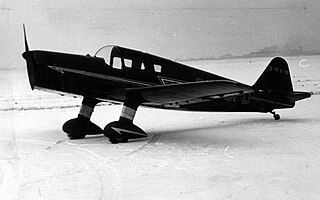
The RWD-19 was a Polish two-seat low-wing sports aircraft of 1938, constructed by the RWD bureau.

The PWS-11 was a Polish aerobatic and trainer aircraft, developed in 1928-1929 by PWS, which remained a prototype.
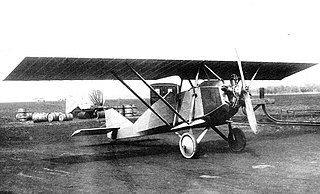
The PWS 3 was a Polish sport aircraft, developed in 1927 by PWS, which remained a prototype.
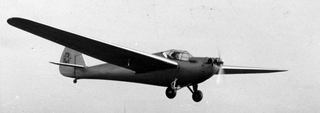
The Bąk (Horse-Fly) was a single seat motor glider designed and built in Poland from 1936.



















